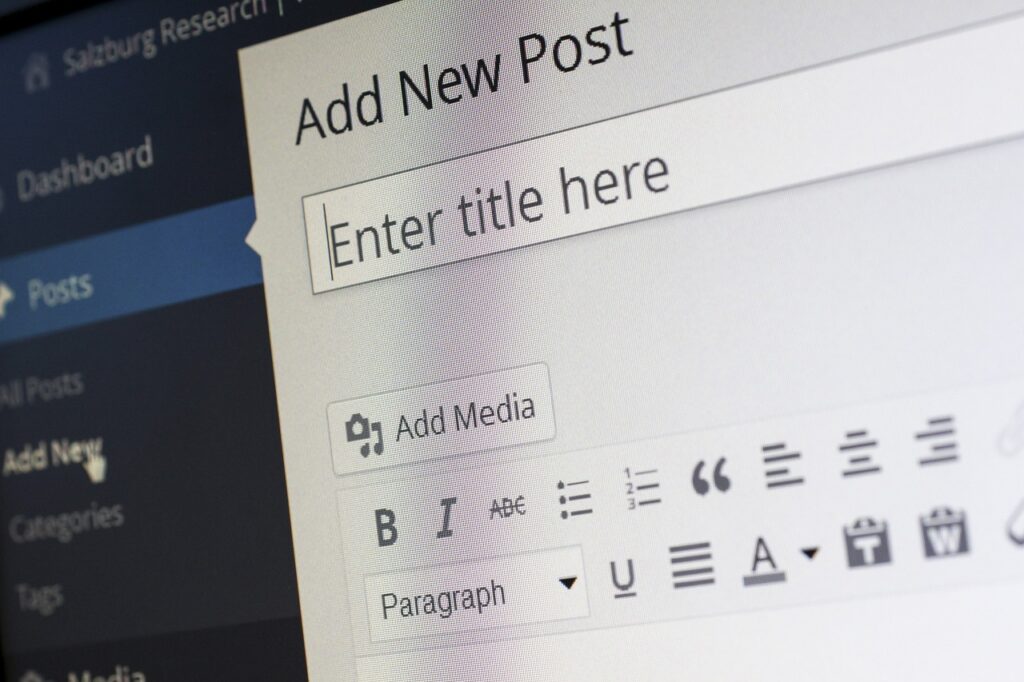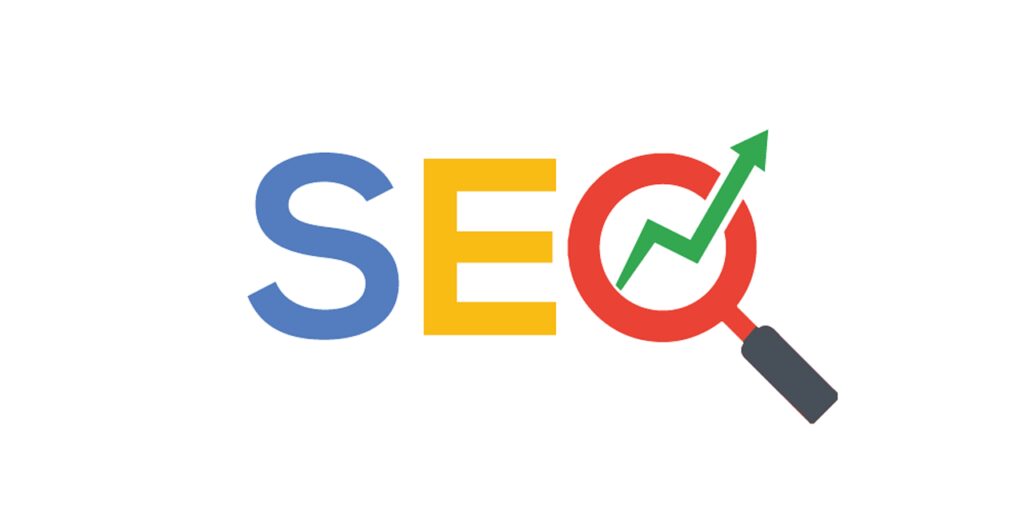Wondering why header tags are important for law firm SEO? One often overlooked but powerful search engine optimization (SEO) tool is the use of header tags. These tags play a crucial role in organizing web content, improving readability, and enhancing search engine rankings. This makes them an essential tool for optimizing your website and amplifying your online presence.
In this blog post, our SEO experts at 714WEB discuss why header tags are important for law firm SEO.
Key Takeaways
- Header tags create a clear content structure, which improves readability and user experience.
- Strategically placed keywords in header tags boost SEO by signaling page relevance to search engines.
- For personal injury law firms, headers enable easy navigation through your content, which can be crucial for retaining client engagement.
- Proper use of headers enhances accessibility and mobile optimization, making it easier for clients to find the information they need.
- Header tags can improve a law firm’s visibility in search rankings, ultimately helping to attract more clients.
What Are Header Tags and How Do They Work?
Header tags (H1, H2, H3, etc.) are HTML elements used to define headings and subheadings within web content. They create a visual hierarchy, guiding readers and search engines through the structure of a page. For personal injury law firms, a clear structure is vital as it allows potential clients to easily locate information on specific topics such as car accidents, workplace injuries, or wrongful death claims.
When used correctly, header tags improve readability, support SEO, and even impact user experience on mobile devices. According to the experts at 714WEB,
“Header tags play a significant role in structuring your website’s content in a way that resonates with both readers and search engines.”
Why Are Header Tags Important for Law Firm SEO?

Improved Content Structure and Readability
For personal injury law firms, organizing website content into easily digestible sections is key to keeping visitors engaged.
Potential clients don’t want to spend hours searching on your site for the answers they need. For this reason, a straightforward and logical structure can make a difference in how they navigate your site. Using header tags like H2 and H3 for each section makes your content scannable, so clients can easily move between sections, based on their specific needs.
Proper structure also helps Google’s bots better understand your content and what it’s about. As a result, they’re able to show it in search results and match it to searchers’ queries.
Making sure Google can understand your content is more important than ever with the introduction of search snippets and answer engine optimization (AEO).
Benefits of a clear content structure are:
- Enhanced User Engagement: Well-structured content allows readers to quickly find answers to their legal questions.
- SEO Boost: Search engines like Google recognize structured pages as more authoritative, which can result in higher rankings.
- Professional Appearance: A clear content structure reflects a professional website, fostering client trust.
Keyword Optimization
One of the core advantages of header tags is their ability to incorporate keywords that signal relevance to search engines. For example, using specific terms like “car accident lawyer” or “workplace injury compensation” within headers can strengthen your SEO. According to the experts at 714WEB,
“Strategically placed keywords in headers send strong signals to search engines about what your page is about, more so than keywords in the body, making it more likely to appear for relevant searches.”
Practical tips for keyword optimization in header tags include:
- Include Keywords Naturally: Keywords like “personal injury attorney” or “slip and fall lawyer” should fit naturally within header tags.
- Prioritize H1 for Main Keywords: The H1 tag should contain the main keyword that describes the page’s overall topic, while H2 and H3 tags can contain the main keyword or related keywords.
- Avoid Keyword Stuffing: It’s important to use keywords thoughtfully. Overusing keywords can lead to penalties from search engines and detract from user experience.
Enhanced User Experience
Clients searching for legal representation often need quick, clear answers to their questions. Header tags make it possible to break down complex legal topics, allowing clients to scan for the information they need without getting overwhelmed.
Finding the information they need quickly creates an overall positive user experience and makes it more likely the client will spend more time on your site.

Key benefits of header tags for user experience are:
- Fast Access to Information: Clear headers enable clients to jump to relevant sections, which is especially important if they’re facing an urgent case.
- Professionalism: Law firm websites with well-organized content give clients a strong first impression and reflect authority on the topic.
- Longer Site Engagement: Users are likely to spend more time on a site with easily navigable information, which can positively impact SEO rankings.
Our 714WEB experts add,
“Law firms should focus on readability as much as keyword optimization. A website that’s easy to navigate keeps clients engaged and shows that you understand their needs.”
Improved Accessibility
Accessibility is an important factor in SEO, particularly for personal injury law firms that may serve clients with disabilities. Header tags make a website more accessible for those using screen readers or other assistive devices, enabling them to better understand the page structure.
How header tags aid accessibility:
- Enhanced Navigation for Screen Readers: Headers allow screen readers to “jump” to different sections, making the content more accessible for visually impaired users.
- Better User Experience for All Clients: Accessibility features, like clear headers, improve user experience for everyone, including those with temporary disabilities or impairments.
This accessibility not only benefits clients but also aligns with Google’s ranking criteria, which prioritize user-friendly, inclusive websites.
SEO Signals and Search Engine Rankings
Search engines give weight to the text within header tags, especially the H1, which is considered the primary signal for a page’s content. By including relevant keywords in header tags, not just the body of content, law firms can send clear signals about their page’s subject matter to search engines. According to 714WEB,
“Using well-optimized headers can improve your ranking because it helps Google serve your content to the right searchers. The better your ranking is, the more potential clients you’ll reach.”
How header tags boost SEO:
- Increased Relevance: Keyword-rich headers help search engines understand page content, increasing the likelihood of higher rankings.
- Structured Content: Search engines prefer well-organized content, rewarding websites with structured, logical headers.
- Improved Click-Through Rates: Relevant headers in search results can increase click-through rates by appealing directly to user needs.

Mobile Optimization for On-the-Go Users
With more people searching for legal services on mobile devices, mobile optimization has become essential for personal injury law firms.
Header tags improve the mobile user experience by providing a straightforward way to navigate through the content, which is critical on smaller screens.
In addition, Google uses the mobile versions of websites to index content and determine search engine rankings. If a site is not mobile-optimized, it can struggle to rank well, potentially missing out on valuable traffic. For law firms and other businesses, this policy underscores the importance of mobile-friendly design.
Mobile optimization benefits include:
- Enhanced Navigation: Clear headers make it easy for users to scroll through content and locate specific sections.
- Improved Readability on Small Screens: Short, descriptive headers are ideal for mobile formats, making content easier to read.
- Higher Mobile SEO Rankings: Google’s mobile-first indexing prioritizes websites that offer a positive mobile experience.
As the experts at 714WEB note,
“Mobile-friendly headers are crucial for capturing leads on smartphones, especially as more clients search for legal help from mobile devices.”
Call the Law Firm SEO Experts at 714WEB
At 714WEB.com, we specialize in comprehensive SEO strategies tailored specifically for personal injury law firms. Our team of SEO experts understands the unique challenges and opportunities in the personal injury legal sector. We’ve helped numerous lawyers optimize their header tags, resulting in improved online visibility, increased high-quality leads, and ultimately, growth in their practice. Don’t let your personal injury law firm get lost in the digital shuffle.
Contact us today for a free consultation and discover how we can help you leverage SEO to attract more clients and cases.
Frequently Asked Questions About Why Header Tags Are Important For Law Firm SEO
While there’s no strict limit, most law firm web pages benefit from 3 to 5 H2 tags with supporting H3 tags as needed. The key is maintaining a logical structure that helps users and search engines understand your content.
Yes, strategically incorporating location-based keywords in header tags can help improve your visibility in local searches for legal services.
Yes, every page should have exactly one H1 tag that clearly describes the main topic of that page’s content.
Glossary
Header Tags: HTML elements (H1 to H6) used to create a hierarchical structure in web content and indicate the relative importance of different sections.
Content Hierarchy: The organization of content in order of importance, using header tags to create a clear and logical structure for both users and search engines.
HTML Elements: The building blocks of web pages that define the structure and presentation of content, including header tags, paragraphs, and other formatting elements.